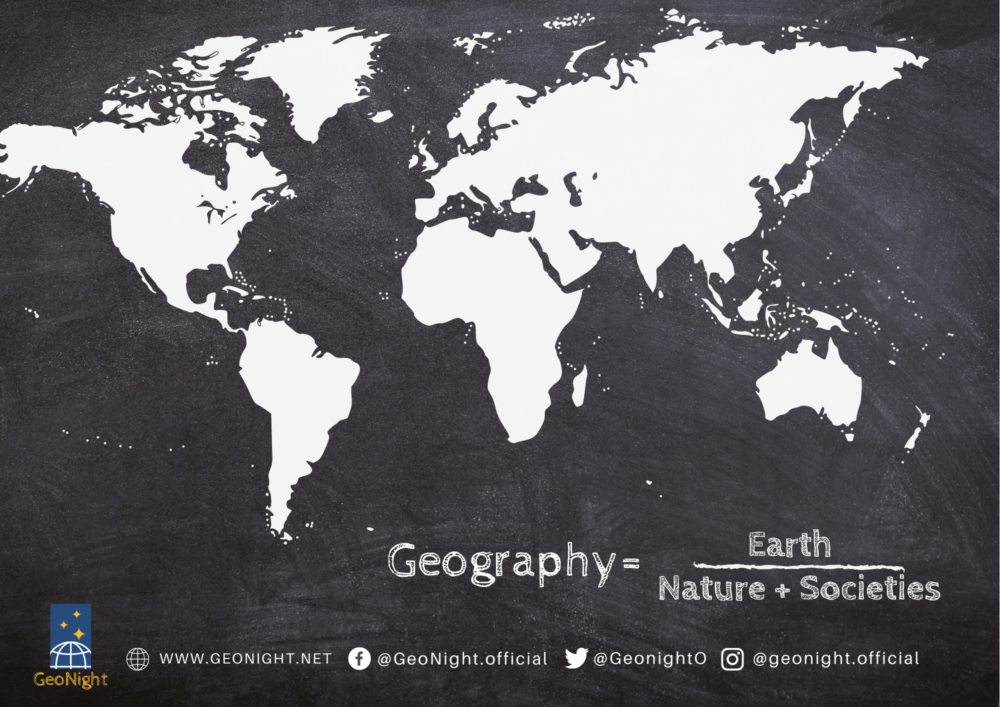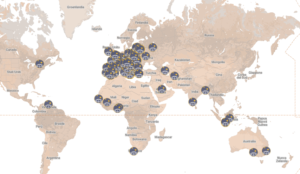Scroll down for English
Forman Balázs online előadása a Földrajz Éjszakáján
A japán nagyvárosok az 1960-as végén szenvedték el a környezeti állapotuk legnagyobb katasztrófáját. A szinte kezelhetetlen méretű levegő szennyeződés döbbentette rá az országot, hogy az 1945 után gyors gazdasági növekedés és rendezetlen, kontroll nélküli városiasodás addigi útja járhatatlan. Az 1968-ban elfogadott várostervezési, földhasználati, környezetvédelmi törvények jelentős változásokat eredményeztek néhány évvel később. Dél-Korea hasonló problémákkal szembesült az 1990-es években, Kína pedig az ezredfordulót követően. Nem csak a szűkösen rendelkezésre álló szántóföldek és városi területek aránya és nagy népsűrűség okoz gondot. Kínában 1990 és 2020 között 600 millió fővel nőtt a városlakók száma, ezek fele a falusi lakóhelyét hagyta ott. Ennyi embernek kellett új lakást, infrastruktúrát, orvosi ellátást, gyerekeiknek iskolákat építeni. A belső migráció folyamatát a központi kormányzat falusi lakosság lakóhely választási szabadságának korlátozásával, tiltásával sem tudta megállítani. Napjaink nagy kérdése, hogy a mostani modernizációs hullám végén Kína gazdasági növekedése alábbhagy-e? Lesznek-e olyan tényezők, amik Kína szén-dioxid kibocsátását korlátozni fogják?
Az esemény 18.00-kor kezdődik
Forman Balázs György
balazs.forman@uni-corvinus.hu
balazs.forman@uni-corvinus.hu
Facebook-esemény:
English
Modernization and urbanization in East Asia and their impact on climate change
In the late 1960s, major Japanese cities suffered the greatest disaster in their environmental condition. Air pollution of almost unmanageable proportions shocked the country that the rapid path to rapid economic growth and disorderly, uncontrolled urbanization after 1945 was impassable. The town planning, land use, and environmental laws passed in 1968 resulted in significant changes a few years later. South Korea faced similar problems in the 1990s, and China after the turn of the millennium. It is not just the proportion of scarce arable land and urban areas and the high population density that is a problem. In China, the number of urban dwellers increased by 600 million between 1990 and 2020, half of whom left their rural residences there. So many people had to build new housing, infrastructure, medical care, schools for their children. The central government could not stop the process of internal migration by restricting or prohibiting the freedom of choice of residence of the rural population. The big question today is whether China’s economic growth will slow down at the end of the current wave of modernization? Will there be factors that will limit China’s carbon footprint?
















